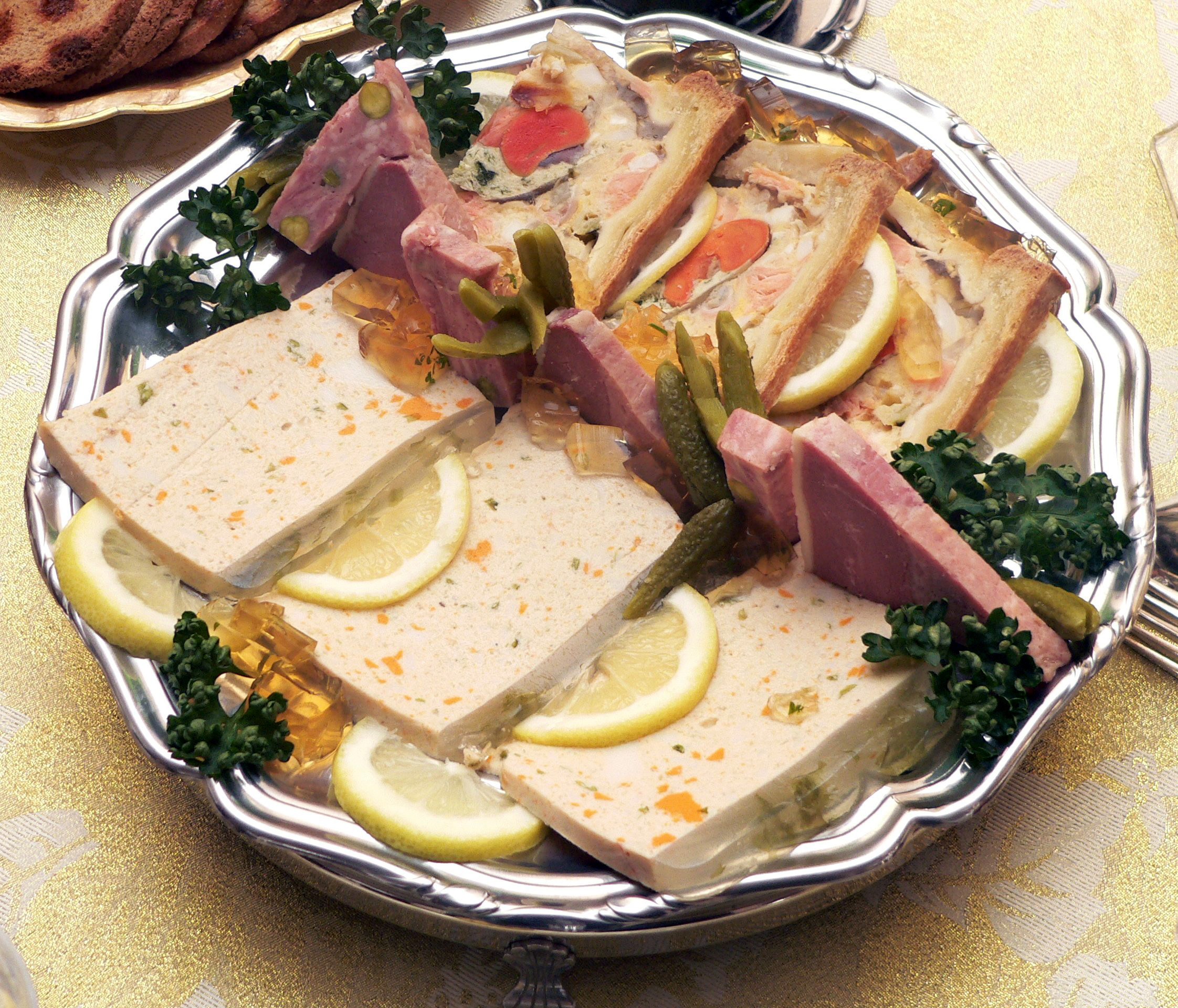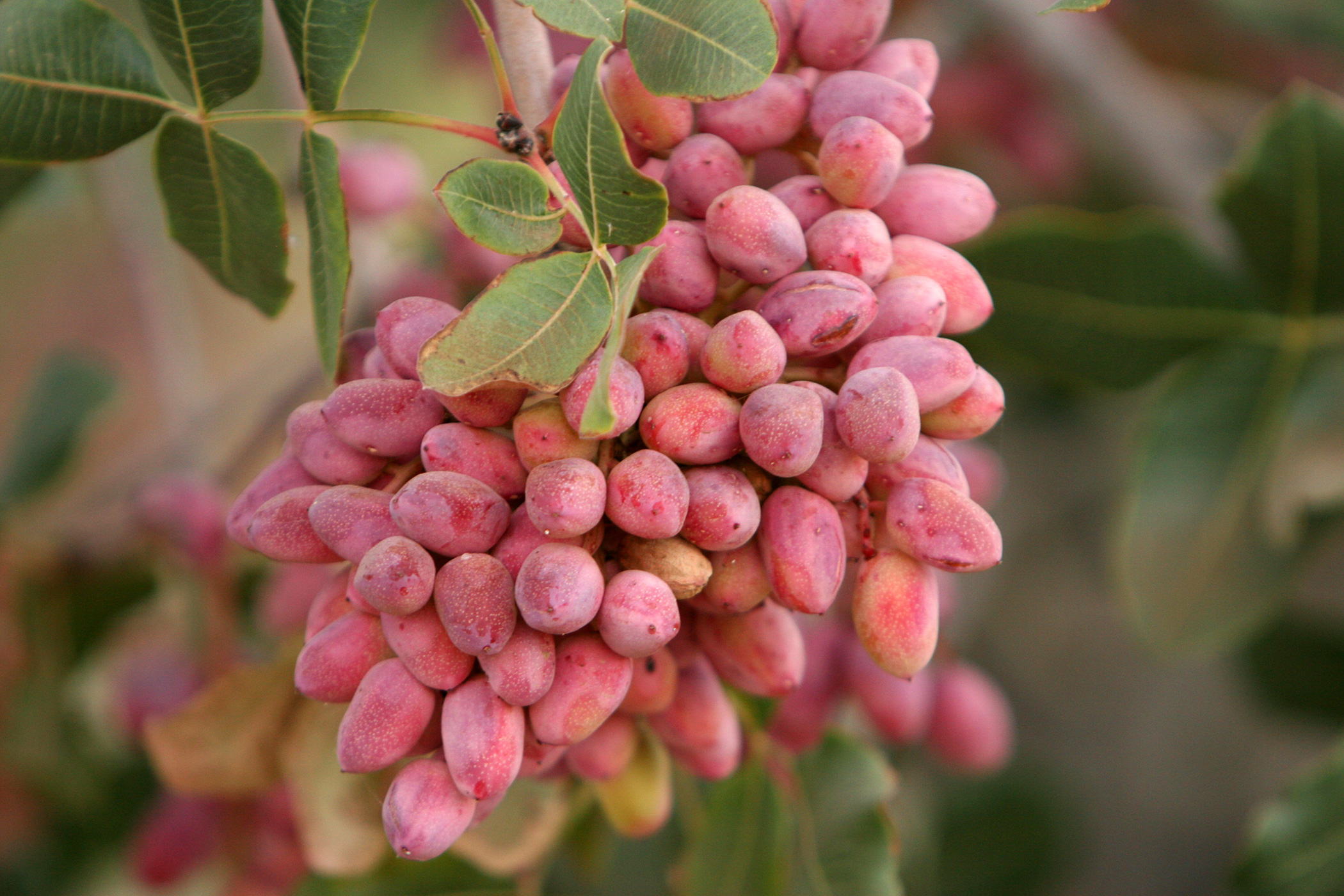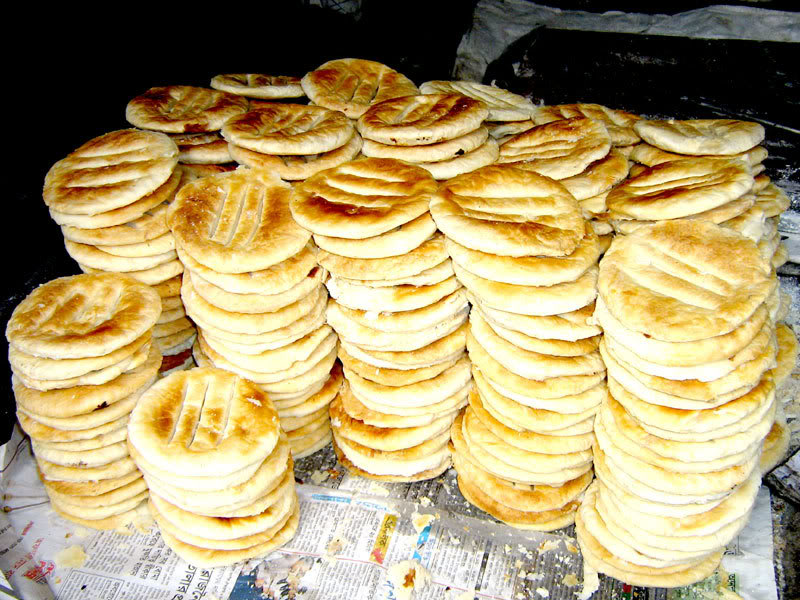|
Maghaz
Maghaz (, Urdu: , ), also known as Bheja (, ), is an offal dish, originating from the Indian subcontinent, popular in Pakistani, Bangladeshi, and Indian cuisine. It is the brain of a cow, goat or sheep served with gravy. In the Hyderabadi cuisine of India, maghaz masala (bheja fry) is a deep fried goat brain delicacy. Mogoz bhuna is a popular dish in Bangladeshi cuisine, which is cattle or sheep/goat brain sautéed in hot spices. Almonds and pistachio The pistachio (, ; ''Pistacia vera'') is a small to medium-sized tree of the Anacardiaceae, cashew family, originating in Iran. The tree produces nut (fruit)#Culinary definition and uses, seeds that are widely consumed as food. In 2022, world ...s are often added. References Brain dishes Hyderabadi cuisine Muhajir cuisine Telangana cuisine Pakistani cuisine Bangladeshi cuisine Bengali cuisine Offal Goat dishes Beef dishes Lamb dishes {{Pakistan-cuisine-stub ... [...More Info...] [...Related Items...] OR: [Wikipedia] [Google] [Baidu] |
South Asia
South Asia is the southern Subregion#Asia, subregion of Asia that is defined in both geographical and Ethnicity, ethnic-Culture, cultural terms. South Asia, with a population of 2.04 billion, contains a quarter (25%) of the world's population. As commonly conceptualised, the modern State (polity), states of South Asia include Bangladesh, Bhutan, India, the Maldives, Nepal, Pakistan, and Sri Lanka, with Afghanistan also often included, which may otherwise be classified as part of Central Asia. South Asia borders East Asia to the northeast, Central Asia to the northwest, West Asia to the west and Southeast Asia to the east. Apart from Southeast Asia, Littoral South Asia, Maritime South Asia is the only subregion of Asia that lies partly within the Southern Hemisphere. The British Indian Ocean Territory and two out of Atolls of Maldives, 26 atolls of the Maldives in South Asia lie entirely within the Southern Hemisphere. Topographically, it is dominated by the Indian subcontinent ... [...More Info...] [...Related Items...] OR: [Wikipedia] [Google] [Baidu] |
Bangladesh
Bangladesh, officially the People's Republic of Bangladesh, is a country in South Asia. It is the List of countries and dependencies by population, eighth-most populous country in the world and among the List of countries and dependencies by population density, most densely populated with a population of over 171 million within an area of . Bangladesh shares land borders with India to the north, west, and east, and Myanmar to the southeast. It has a coastline along the Bay of Bengal to its south and is separated from Bhutan and Nepal by the Siliguri Corridor, and from China by the List of Indian states, Indian state of Sikkim to its north. Dhaka, the capital and list of cities and towns in Bangladesh, largest city, is the nation's political, financial, and cultural centre. Chittagong is the second-largest city and the busiest port of the country. The territory of modern Bangladesh was a stronghold of many List of Buddhist kingdoms and empires, Buddhist and List of Hindu empir ... [...More Info...] [...Related Items...] OR: [Wikipedia] [Google] [Baidu] |
Goat Dishes
The goat or domestic goat (''Capra hircus'') is a species of goat-antelope that is mostly kept as livestock. It was domesticated from the wild goat (''C. aegagrus'') of Southwest Asia and Eastern Europe. The goat is a member of the family Bovidae, meaning it is closely related to the sheep. It was one of the first animals to be domesticated, in Iran around 10,000 years ago. Goats have been used for milk, meat, wool, and skins across much of the world. Milk from goats is often turned into cheese. In 2022, there were more than 1.1 billion goats living in the world, of which 150 million were in India. Goats feature in mythology, folklore, and religion in many parts of the world, including in the classical myth of Amalthea, in the goats that pulled the chariot of the Norse god Thor, in the Scandinavian Yule goat, and in Hinduism's goat-headed Daksha. In Christianity and Satanism, the devil is sometimes depicted as a goat. Etymology The Modern English word ''goat'' comes ... [...More Info...] [...Related Items...] OR: [Wikipedia] [Google] [Baidu] |
Offal
Offal (), also called variety meats, pluck or organ meats, is the internal organ (anatomy), organs of a butchered animal. Offal may also refer to the by-products of Milling (grinding), milled grains, such as corn or wheat. Some cultures strongly consider offal consumption to be taboo, while others use it as part of their everyday food, such as lunch meats, or, in many instances, as Delicacy, delicacies. Certain offal dishes—including ''foie gras'' and ''pâté''—are often regarded as gourmet food in the culinary arts. Others remain part of traditional regional cuisine and are consumed especially during holidays; some examples are sweetbread, Jewish chopped liver, Scottish haggis, U.S. chitterlings, and Mexican Menudo (soup), menudo. On the other hand, intestines are traditionally used as casing for sausages. Depending on the context, ''offal'' may refer only to those parts of an animal carcass discarded after butchering or skinning; offal not used directly for human or anim ... [...More Info...] [...Related Items...] OR: [Wikipedia] [Google] [Baidu] |
Bengali Cuisine
Bengali cuisine is the culinary style of Bengal, that comprises Bangladesh and the Indian state of West Bengal, and Assam's Karimganj district. The cuisine has been shaped by the region's diverse history of Bengal, history and climate. It is known for its varied use of flavours including mustard oil, as well as the spread of its confectioneries and desserts. There is a strong emphasis on rice as a staple, with fish traditionally the most common protein. Freshwater fish are preferred to seafish, although barramundi, known as ''bhetki'', is also common. Meat is also a common protein among Bengalis, with chicken and mutton being the most popular. Beef is popular within the Muslim community. In more recent times, lentils have begun to form a significant part of the diet. Many Bengali food traditions draw from religious and social functioms, such as Adda (South Asian), adda, Poila Boishakh, Eid-al-fitr, Eid, and Durga Puja. Culinary influences Mughal influence Muslims conquered Beng ... [...More Info...] [...Related Items...] OR: [Wikipedia] [Google] [Baidu] |
Telangana Cuisine
Telangana cuisine is the cuisine native to the Indian state of Telangana. The Telangana state lies on the Deccan plateau and its topography dictates more millets and roti based dishes. Jowar and Bajra features more prominently in their cuisine. Staple food Telangana in its cuisine, there is special place for rotis made from millet, such as ''jonna rotte'' (sorghum), ''sajja rotte'' (penisetum), or ''Sarva Pindi" and Uppudi Pindi'' (broken rice). In Telangana a gravy or curry is called ''Koora'' and ''Pulusu in based on Tamarind. A deep fry reduction of the same is called ''Vepudu''. ''Kodi pulusu'' and vepudu'' are popular dishes in meat. ''Vankaya ( Brinjal)'', ''Aloogadda (potato) koora & fry'' are some of the many varieties of vegetable dishes. ''Telangana palakoora'' is a spinach dish cooked with lentils eaten with steamed rice and roti. Peanuts are added as special attraction and in Karimnagar District, peanuts and soya nuts are added. Popular Telangana curry d ... [...More Info...] [...Related Items...] OR: [Wikipedia] [Google] [Baidu] |
Muhajir Cuisine
Muhajir cuisine refers to the food and culinary style of the Muhajir people in Pakistan, the descendants of Muslim migrants from India who migrated to Pakistan following the partition of India. Most Muhajirs have traditionally been based in Karachi, hence the city being known for Muhajir tastes in its cuisine. This cuisine has a rich tradition of many distinct and local ways of cooking. Muhajirs clung to their old established habits and tastes, including a numberless variety of dishes and beverages. This cuisine has been greatly affected by the urban culture of Muhajirs, and the Muhajir culinary dishes are mostly prepared by modern cooking appliances. Origins Muhajir cuisine is originally a blend of Uttar Pradesh, Bengali, Delhi, Hyderabadi, Bihari and Rajasthani cuisines. It is mostly the same as the cuisine of North Indian populations who adopted it from the Mughals. With the Muhajir peoples integration into Karachi, many local cuisines were fused into the Muhajir cuisi ... [...More Info...] [...Related Items...] OR: [Wikipedia] [Google] [Baidu] |
Brain Dishes
The brain is an organ that serves as the center of the nervous system in all vertebrate and most invertebrate animals. It consists of nervous tissue and is typically located in the head (cephalization), usually near organs for special senses such as vision, hearing, and olfaction. Being the most specialized organ, it is responsible for receiving information from the sensory nervous system, processing that information (thought, cognition, and intelligence) and the coordination of motor control (muscle activity and endocrine system). While invertebrate brains arise from paired segmental ganglia (each of which is only responsible for the respective body segment) of the ventral nerve cord, vertebrate brains develop axially from the midline dorsal nerve cord as a vesicular enlargement at the rostral end of the neural tube, with centralized control over all body segments. All vertebrate brains can be embryonically divided into three parts: the forebrain (prosencephalon, subdivided ... [...More Info...] [...Related Items...] OR: [Wikipedia] [Google] [Baidu] |
Pistachio
The pistachio (, ; ''Pistacia vera'') is a small to medium-sized tree of the Anacardiaceae, cashew family, originating in Iran. The tree produces nut (fruit)#Culinary definition and uses, seeds that are widely consumed as food. In 2022, world production of pistachios was one million tonnes, with the United States, Iran, and Turkey combined accounting for 88% of the total. Description The tree grows up to tall. It has deciduous, pinnate leaves long. The plants are dioecious, with separate male and female trees. The flowers are apetalous and unisexual and borne in panicles. The fruit is a drupe, containing an elongated seed, which is the edible portion. The seed, commonly thought of as a nut, is a nut (food), culinary nut, not a nut (fruit)#Botanical definition, botanical nut. The fruit has a hard, cream-colored exterior shell. The seed has a mauve-colored skin and light green flesh, with a distinctive flavor. When the fruit ripens, the shell changes from green to an autu ... [...More Info...] [...Related Items...] OR: [Wikipedia] [Google] [Baidu] |
Almond
The almond (''Prunus amygdalus'', Synonym (taxonomy)#Botany, syn. ''Prunus dulcis'') is a species of tree from the genus ''Prunus''. Along with the peach, it is classified in the subgenus ''Amygdalus'', distinguished from the other subgenera by corrugations on the shell (Fruit anatomy#Endocarp, endocarp) surrounding the seed. The fruit of the almond is a drupe, consisting of an outer hull and a Pyrena, hard shell with the seed, which is not a nut (fruit), true nut. ''Shelling'' almonds refers to removing the shell to reveal the seed. Almonds are sold shelled or unshelled. Blanching (cooking), Blanched almonds are shelled almonds that have been treated with hot water to soften the seedcoat, which is then removed to reveal the white embryo. Once almonds are cleaned and processed, they can be stored for around a year if kept refrigerated; at higher temperatures they will become rancidification, rancid more quickly. Almonds are used in many cuisines, often featuring prominently i ... [...More Info...] [...Related Items...] OR: [Wikipedia] [Google] [Baidu] |
Hyderabadi Cuisine
Hyderabadi cuisine (native: ''Hyderabadi Ghizaayat''), also known as Deccani cuisine, is the cooking style characteristic of the city of Hyderabad and its surrounding area in Telangana, India. Hyderabadi cuisine is an amalgamation of South Asian, Mughalai, Turkic, and Arabic along with the influence of cuisines of common people of Golconda Sultanate. Hyderabadi cuisine comprises a broad repertoire of rice, wheat, and meat dishes and the skilled use of various spices, herbs and natural edibles. The ''haute cuisine'' of Hyderabad began to develop after the foundation of the Bahmani Sultanate, and the Qutb Shahi dynasty centered in the city of Hyderabad promoted the native cuisine along with their own. Hyderabadi cuisine had become a princely legacy of the Nizams of Hyderabad as it began to further develop under their patronage. Hyderabadi cuisine has different recipes for different events, and hence is categorized accordingly, from banquet food, to weddings and parties, fes ... [...More Info...] [...Related Items...] OR: [Wikipedia] [Google] [Baidu] |
Bangladeshi Cuisine
Bangladeshi cuisine has been shaped by the region's history and river-line geography. Bangladesh has a tropical monsoon climate. The staple foods of Bangladesh are rice and fish. The majority of Bangladeshi people are ethnic Bengali, with a minority of non-Bengalis, many used to cuisines from different traditions and regions. History Bangladeshi culinary habits were strongly influenced by the cuisine and culture of the area's history of Mughal rulers. Dhaka was the Mughal capital of the Bengal Subah and a major trading center in South Asia. Traders, immigrants and visitors brought culinary styles from around the world, which influenced the city's cuisine. After Dhaka became the capital of East Bengal, Persian, Turkish and Arabic-influenced dishes became popular. Black pepper and '' chui jhal'' were used to add spiciness before chili was introduced from the Americas. Culinary style and influences Rice is the staple food of Bangladesh, while fish is the most common source ... [...More Info...] [...Related Items...] OR: [Wikipedia] [Google] [Baidu] |







